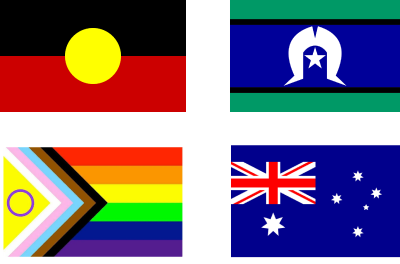
This guide provides insights into these differences and offers practical tips for fostering meaningful and clear communication.
Autistic individuals tend to be non-traditional communicators, however, each will have their own unique profile and may or may not have differences in the areas described below.
Understanding how to communicate with Autistic individuals can create more inclusive, empathetic, and engaging interactions. The following strategies can be highly effective, and don’t just benefit Autistic people — they improve communication for all.

The Reframing Autism team would like to acknowledge the Traditional Owners of the lands on which we have the privilege to learn, work, and grow. Whilst we gather on many different parts of this Country, the RA team walk on the land of the Awabakal, Birpai, Whadjak, and Wiradjuri peoples.
We are committed to honouring the rich culture of the Aboriginal and Torres Strait Islander peoples of this Country, and the diversity and learning opportunities with which they provide us. We extend our gratitude and respect to all Aboriginal and Torres Strait Islander peoples, and to all Elders past and present, for their wisdom, their resilience, and for helping this Country to heal.